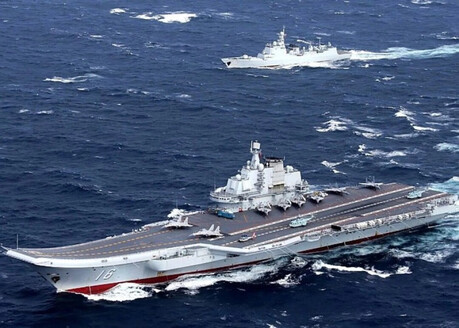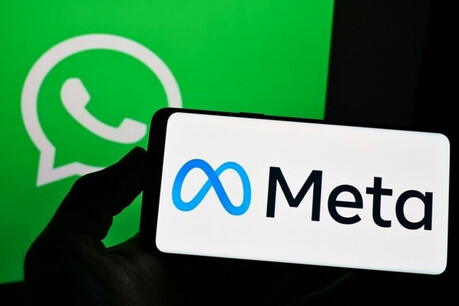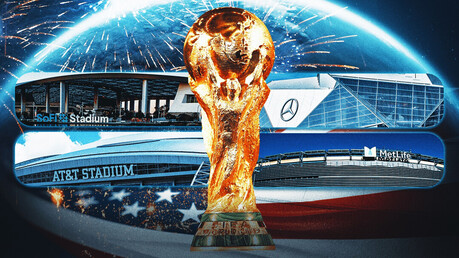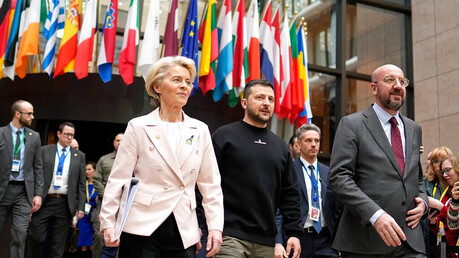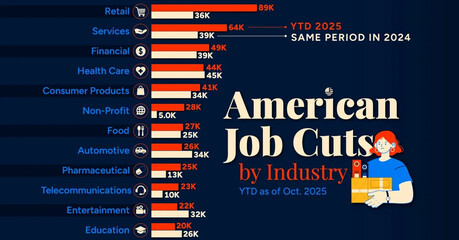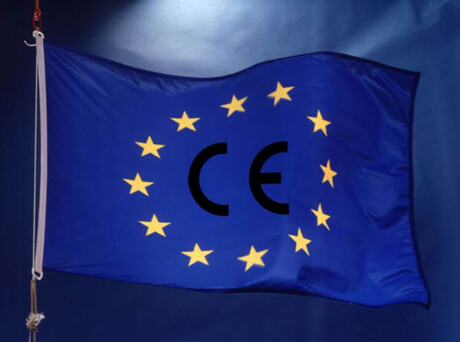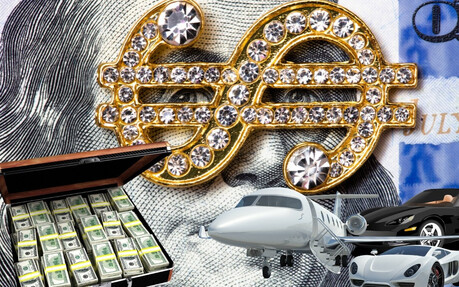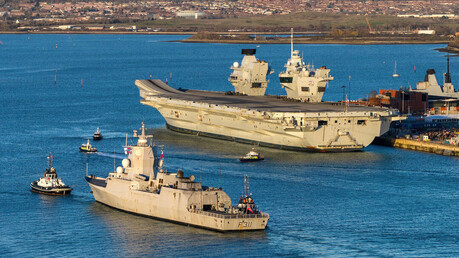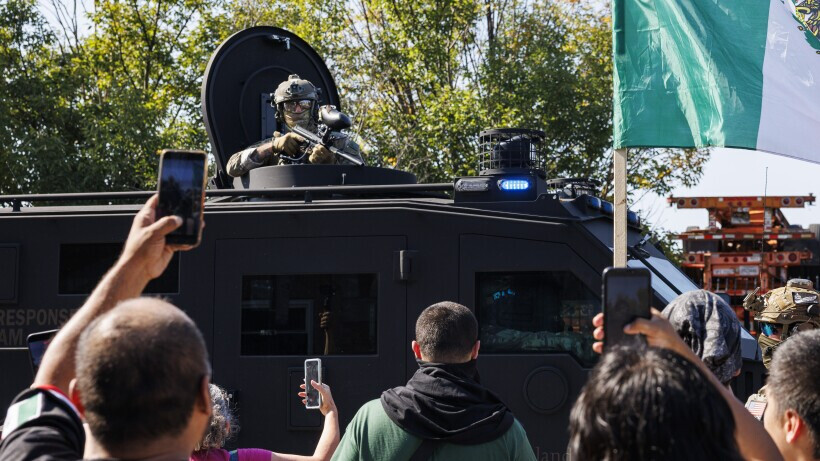
CHICAGO, IL – Tensions over federal immigration enforcement in Chicago reached a boiling point on Saturday, October 4, 2025 (local time), after a U.S. citizen was shot by a federal agent during a chaotic confrontation. The incident, which occurred in the southwest side of Chicago (with some sources placing the initial enforcement in the Brighton Park neighborhood and subsequent protests near the Broadview ICE facility), has dramatically intensified anti-ICE protests and prompted President Donald Trump to authorize the deployment of the National Guard.
Shooting and Federal Account
The shooting took place early Saturday morning. According to the Department of Homeland Security (DHS), Border Patrol agents conducting immigration enforcement were "boxed in" by approximately 10 vehicles and were rammed. DHS spokeswoman Tricia McLaughlin stated the agents were forced to exit their vehicles, and when a suspect tried to run them over, they "fired defensively."
The individual shot was identified as Marimar Martinez, a U.S. citizen, who was allegedly armed with a semi-automatic handgun. Martinez sustained non-life-threatening injuries and was taken into FBI custody after being treated and released from a hospital. DHS also noted that Martinez had been accused in a prior intelligence bulletin of "doxing" (releasing private information online) federal agents. Another driver, Anthony Ian Santos Luis, was also apprehended in connection with the confrontation.
Protests Escalate and Conflicting Accounts
The incident ignited immediate and fierce protests in the Chicago area, particularly outside the Immigration and Customs Enforcement (ICE) facility in Broadview, Illinois. Hundreds of demonstrators gathered, blocking ICE vehicles and protesting the Trump administration's aggressive immigration crackdown, known as "Operation Midway Blitz."
Witness accounts, however, often diverge sharply from the federal government’s narrative. For instance, the mother of the apprehended driver, Elizabeth Luis, stated her son called her to say federal agents had rammed their cars and started shooting, and that he was later arrested without being given a reason. Reports from local groups, such as the Illinois Coalition for Immigrant and Refugee Rights, suggest Border Patrol agents may have initially crashed into a civilian vehicle, leading to the "chaotic scene" and subsequent confrontation.
Federal officers responded to the protesters by firing chemical irritants and tear gas, further escalating the conflict. A prior confrontation on Friday outside the Broadview facility, which was visited by Homeland Security Secretary Kristi Noem, also involved federal agents clashing with and pushing back demonstrators.
Trump Authorizes National Guard
In a significant move that highlights the soaring tensions, President Trump authorized the deployment of 300 National Guard troops to Chicago to "protect federal officers and assets," citing "ongoing violent riots and lawlessness."
This decision was made against the wishes of Illinois Governor J.B. Pritzker, a Democrat, who condemned the move as an "outrageous and un-American" political maneuver. Pritzker called the deployment a "manufactured performance—not a serious effort to protect public safety," noting that state and local police had already been coordinating safety efforts around the ICE facilities. The deployment would likely federalize the Illinois National Guard under Title 10, typically limiting their role to protecting federal personnel and property rather than conducting traditional law enforcement duties.
The confrontation in Chicago follows similar federal crackdowns and subsequent judicial and political battles over the use of federal forces in other Democratic-led cities, intensifying the debate over the scope and tactics of federal immigration enforcement on U.S. citizens and residents.
[Copyright (c) Global Economic Times. All Rights Reserved.]
















